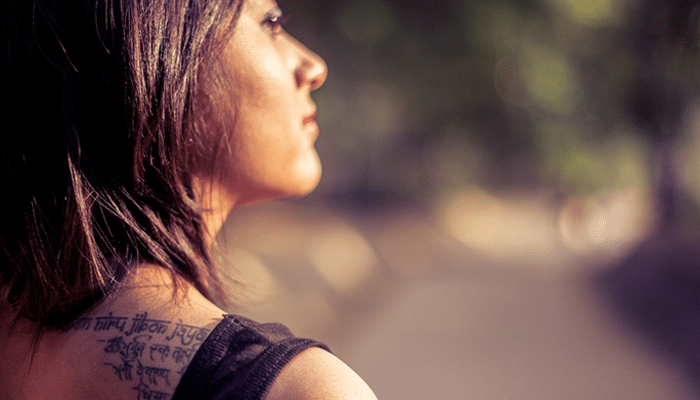Anemia, Iron deficiency, these words give an impression of not-so-serious health issue and often don’t get the desired attention and this is the biggest mistake that we Indians make. When it comes to Indian women, we all know that they hardly pay any heed to their health and often keep on suffering many health ailments. Anemia tops the list.
Let’s ponder over below mentioned facts for better understanding:
- A report by WHO presented in 2011 revealed that more than 48% of women in India are anemic.
- The age group that is most effective is 15-49 years which are most productive years.
- Another report, based on the survey conducted by National Family Health, believes that 55% of whole female Indian population is suffering from Anemia. It concludes that half of the Indian female population is suffering from this silent slayer.
- A survey conducted by National Health and Nutritional Examination Surveys (NHANES), the USA in 1999-2002, only 6.9 % American women were suffering from Anemia.
The data is more than enough to give an insight how deeply it has affected the Indian females. On the same note, this data also gives rise to a burning question- Why are Indian Women so Prone to Anemia? Upon deep digging, the reasons for this come out as:
1. Inaccessibility to the iron-rich food
There is no denying the fact that a majority of the Indian population dwells in the rural areas and below poverty lines. With such living conditions, Indian women don’t have access to iron-rich food; they hardly get the right and adequate supplement throughout the life which leads to Anemia.
2. Major dependency on vegetables
Research across the world has shown that iron present in meat or non-vegetarian foods are easily get absorbed by our body while the iron present in vegetables demands extra efforts to get absorbed. For example, in other parts of the world, the red meat is consumed to keep the intake of iron regular. But, that’s not the case with Indian women. A majority of Indian women relies upon vegetables due to reasons like cost, religion and so on; their iron intake reduces by a significant amount. Whatever they consume that also don’t get absorbed properly. On the other hand, a major part of the world consumes red meat in their regular eating habits which ultimately fulfills their required iron intake.
3. The wrong eating habit
The problem does not only exist in rural areas. A huge percent of urbane Indian population is also suffering from Anemia. Here, the reasons are different. The chief reasons are wrong eating habits, excess munching of junk food, excessive consumption of caffeinated drinks and so on.
4. Internal bleeding and blood loss
Women bleed every month for good 3-7 days. As it is a common phenomenon, women often neglect the fact that they should supply the blood to their body which has been lost. In addition, post delivery bleeding and internal bleeding intensifies the iron loss.
The Most Affected Group
Majority of women, between 15-49 age groups, are affected by iron deficiency. While the lower limit of suggested age groups is the growing years, the middle set refers to the women of reproductive age group. In both the cases, any iron deficiency will have a lifelong impact on women’s health.
When women get diagnosed with iron deficiency during pregnancy, serious precautionary measurements should be taken as it will affect the baby as well. Plus, a major percentage of Indian women suffer this deficiency once they deliver the baby.
While any iron deficiency during pregnancy is easy to diagnose, the latter situation is tough to handle.
Common Symptoms of Anemia
The most common and apparent symptoms of the Anemia can be stated as:
- Dizziness, fatigue,
- Respiratory trouble, pain in the chest,
- Weakness and so on.
The reason Anemia goes unnoticed is the symptoms are not very particular and have great similarity with other health issues as well which makes it hard to diagnose. Women often consider it as a part of post-pregnancy changes.
The Remedy
One should consume iron-rich foods like beetroot, spinach, broccoli, red meat, oysters, kidney beans, lentils, chicken, red chickpeas and so on to supply the right amount of iron to the body. In addition, the cut-down of caffeinated drinks is also highly recommended.


